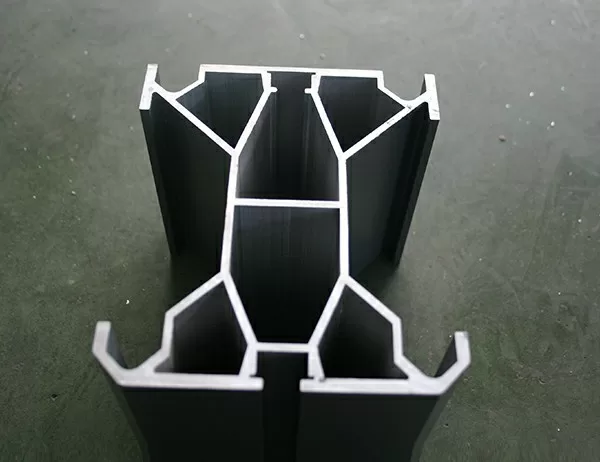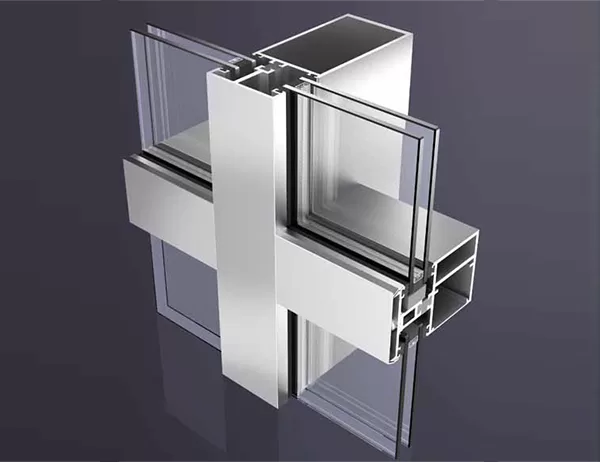In the realm of architectural design, the innovative use of materials has always been a driving force behind groundbreaking creations. Among the myriad possibilities, the seamless fusion of extruded aluminum pipes with other materials has emerged as a transformative approach, unlocking a world of enhanced aesthetics and limitless functionality.
Extrusion, a process that shapes metal into complex profiles, is employed to produce aluminum pipes with exceptional precision and strength. Their inherent rigidity, combined with their lightweight and corrosion resistance, makes them ideal as structural components in both commercial and residential settings.
To elevate designs beyond mere structural adequacy, designers are harmoniously integrating extruded aluminum pipes with contrasting materials such as glass, wood, and fabric. The judicious juxtaposition of these elements elicits a captivating interplay of textures and hues, transforming ordinary spaces into dynamic and visually arresting environments.
For instance, in the striking facade of a contemporary office building, extruded aluminum pipes serve as elegant vertical supports, framing panoramic windows that flood the interior with natural light. The interplay of transparent glass and the metallic sheen of aluminum creates a mesmerizing effect that captures the attention from afar.
Similarly, the interior of a luxury retail store features a series of suspended ceiling fixtures made from translucent fabric stretched over extruded aluminum frames. These fixtures emit a soft, diffused glow that illuminates the merchandise displayed beneath, enhancing both visibility and atmosphere.
The combination of extruded aluminum pipes with wood brings warmth and natural beauty to architectural designs. In a cozy mountain cabin, exposed aluminum beams contrast with a vaulted ceiling adorned with rustic cedar planks. The juxtaposed textures create a harmonized aesthetic that evokes both the ruggedness of nature and the modernity of contemporary design.
Beyond aesthetics, the integration of materials with extruded aluminum pipes also enhances functionality. In exterior applications, perforated aluminum panels can be attached to pipes to create decorative screens that provide privacy and shade while allowing airflow. Moreover, the durability of aluminum ensures that these screens can withstand harsh weather conditions, ensuring longevity and minimal maintenance.
In conclusion, the combination of materials with extruded aluminum pipes has revolutionized architectural design. By embracing the versatility and aesthetic appeal of aluminum pipes, designers can create structures and spaces that are not only visually stunning but also highly functional. As technology and innovation continue to advance, the possibilities for combining materials with extruded aluminum pipes are boundless, promising to inspire future generations of architects and designers.




